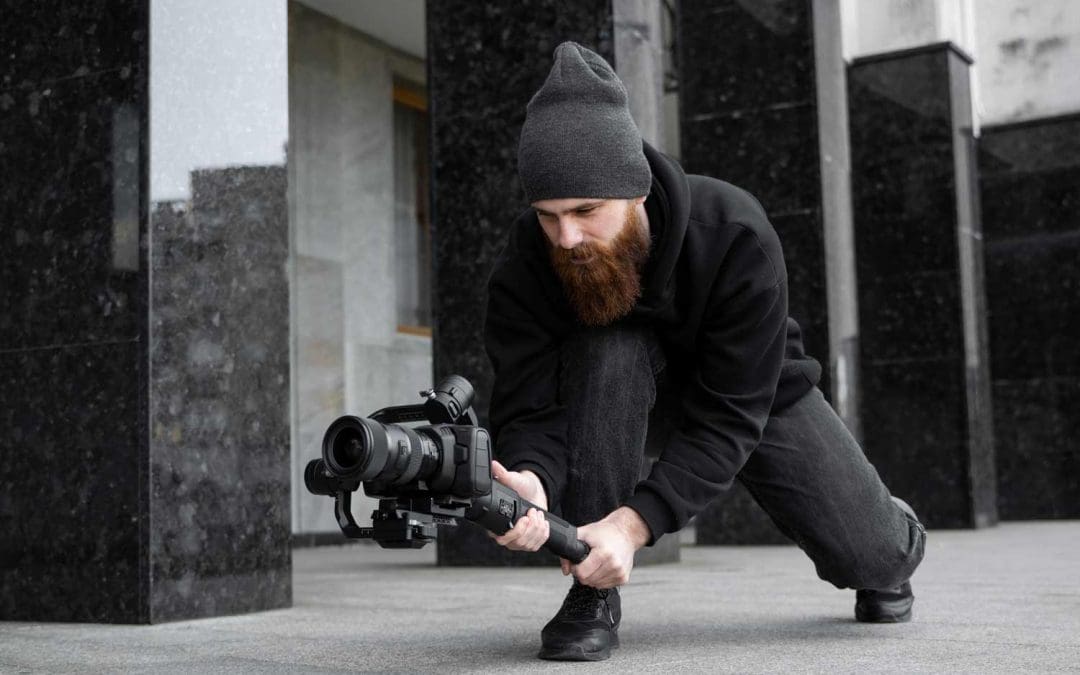Being a videographer is an art that requires a keen eye for detail, technical knowledge, and a deep understanding of storytelling. However, even the most experienced videographers can sometimes make mistakes. In this guide, we will delve into some of the most common mistakes a videographer can make in videography and provide examples to help you avoid them.
1. Poor Lighting
As a videographer, lighting plays a crucial role in your work. Poor lighting can result in grainy footage or create unwanted shadows. For example, shooting a subject with a strong light source behind them can result in a silhouette effect where the subject appears dark against a bright background. Always ensure your subject is well-lit. Consider using reflectors or additional light sources to eliminate harsh shadows and highlight your subject.
2. Shaky Footage
Shaky footage can be distracting and unprofessional. For instance, handheld shots without proper stabilization can result in shaky and unstable footage. As a videographer, use a tripod or a gimbal stabilizer to keep your camera steady. For moving shots, consider using equipment like a dolly or a Steadicam to achieve smooth motion.
3. Bad Audio
Poor audio quality can ruin even the best visuals. Always monitor your audio levels during recording and consider using an external microphone for better sound quality. For example, using the built-in microphone on your camera can often result in poor audio quality due to background noise and echo. An external microphone, such as a shotgun mic or lavalier mic, can provide clearer and more focused audio capture.
4. Ignoring the Rule of Thirds
The rule of thirds is a basic principle of visual composition for photography or videography. Ignoring it can lead to poorly composed shots. The rule of thirds involves dividing your frame into nine equal parts and placing your subject along these lines or at their intersections. This creates balance in your shot and makes it more pleasing to the eye.
5. Lack of Planning
Before you start shooting, have a clear plan about what you want to capture. This includes doing a site survey, creating a shot list, and having a clear storyboard. For example, showing up at a location without knowing what shots you need can result in wasted time and missed opportunities.
6. Not Capturing Enough B-roll
B-roll footage adds depth to your story and makes your video more engaging. Not capturing enough B-roll is a common mistake that can limit your options during editing. B-roll could include shots of the environment, close-ups of objects related to your story, or secondary actions happening around your main subject.
7. Ignoring Post-Production
Post-production is where your video comes to life. Rushing through the editing process or ignoring it altogether can result in a subpar final product. Take the time to carefully edit your footage, adjust color grading, add sound effects or music, and apply any necessary graphics or text overlays.
Remember, everyone makes mistakes when they’re learning, but being aware of these common pitfalls can help you avoid them and improve your skills as a videographer.

